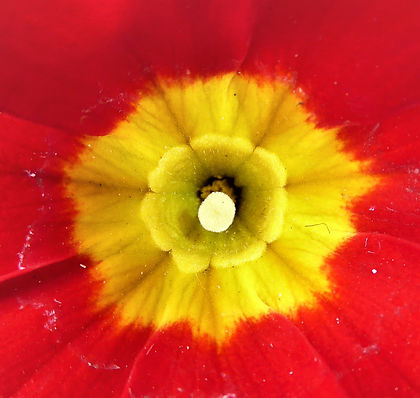
Natures Patterns


Mathematics is a science for building patterns. Almost every one is used by nature.
Primroses
images all free to copy
There are two sexually distinct forms of the Primula flower ... pin eyed and thrum eyed. Cross fertilisation occurs between the two. The pin eyed (on the left) has a long stigma and short stamens which are deep in the flower so not visible. The thrum eyed has long stamens and a short stigma which is deep in the flower. In pollination the pollen is transferred from the stamens of one flower to the stigma of another flower. This is done by insects such as moths, butterflies and bees which have a long tongue able to reach the nectar at the base of the flower tube.


Tulips
Tulips are a lovely display in spring. They are in the garden when few other flowers are out.

The flowers shows radial symmetry - in fact pentaradial. The flower parts are in fives There are five petals and five stamens.

The Stamens and Stigma
The five stamens are the male part of the flower and covered in pollen released from the pollen sacs when they burst open. The stigma is in the centre and has a large sticky top to capture the pollen


Gerbera Daisy
In the flower head hundreds of small flowers are bunched together to produce the overall flower. There is a ring of large ray florets to the outside. The flat centre is made up of hundreds of disc florets.


Pansy Flower
The black lines are guide lines to draw insects into the flower for the nectar and pollination

Rock Rose

Orchid Flower
This is my favourite

Camellia

Chrysamthemum

